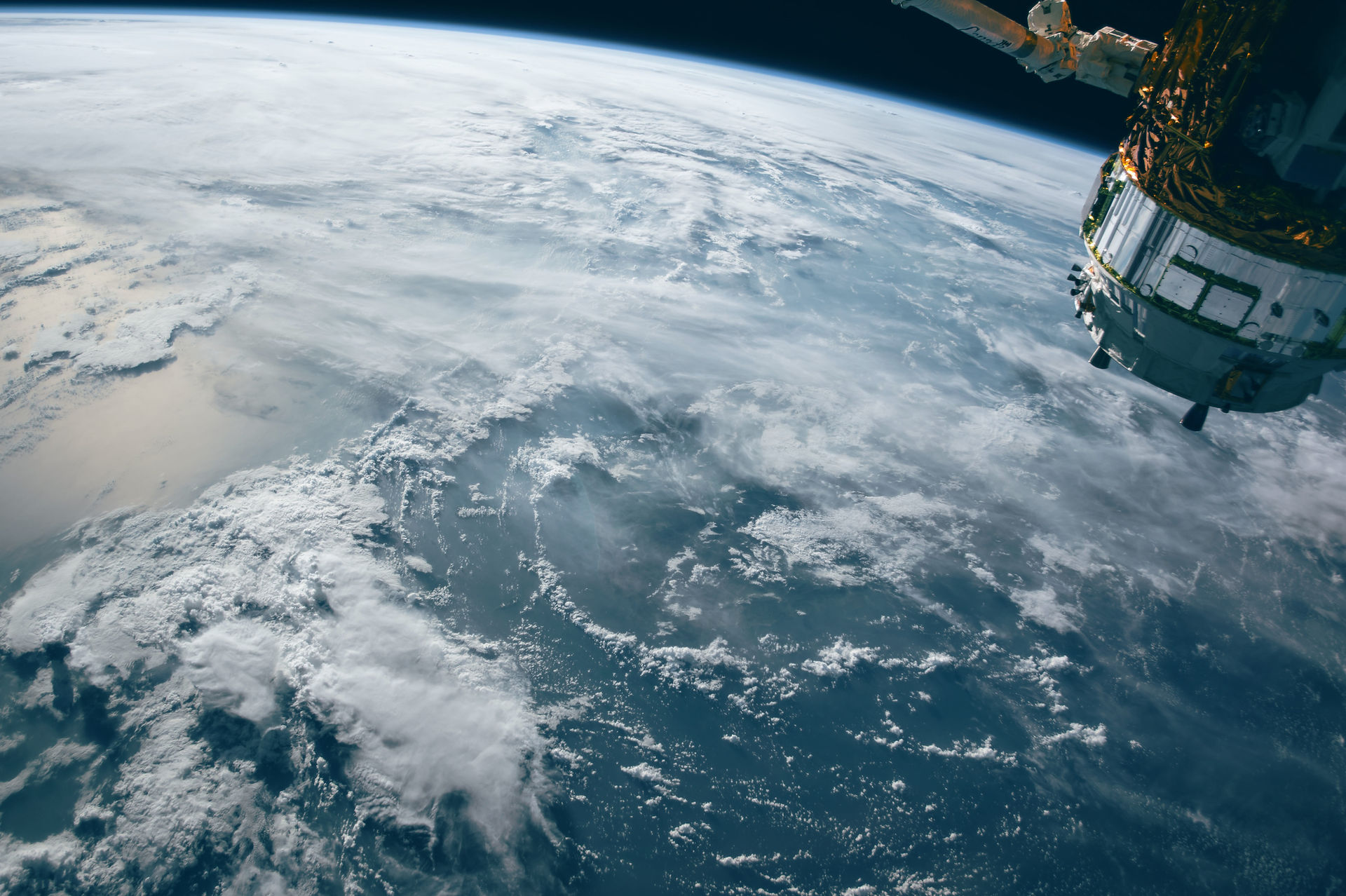Horsehead Nebula (Euclid, Hubble, and Webb images)
- Kate Green
- Sep 7, 2024
- 2 min read
This image showcases three views of one of the most distinctive objects in our skies, the Horsehead Nebula.
This object resides in part of the sky in the constellation Orion (The Hunter), in the western side of the Orion B molecular cloud. Rising from turbulent waves of dust and gas is the Horsehead Nebula, otherwise known as Barnard 33, which resides roughly 1300 light-years away.
The First Image (left):
Released in November 2023, it features the Horsehead Nebula as seen by ESA’s Euclid telescope. Euclid captured this image of the Horsehead in about one hour, which showcases the mission's ability to very quickly image an unprecedented area of the sky in high detail.
The Second Image (middle):
This image shows the NASA/ESA Hubble Space Telescope’s infrared view of the Horsehead Nebula, which was featured as the telescope’s 23rd anniversary image in 2013. This image captures plumes of gas in the infrared and reveals a beautiful, delicate structure that is normally obscured by dust.
The Third Image (right):
The image features a new view of the Horsehead Nebula from the NASA/ESA/CSA James Webb Space Telescope’s NIRCam (Near-InfraRed Camera) instrument. It is the sharpest infrared image of the object to date, showing a part of the iconic nebula in a whole new light, and capturing its complexity with unprecedented spatial resolution.
Image: A collage of three images of the Horsehead Nebula. In the left image labelled “Euclid (Visible-Infrared)”, the Nebula is seen amongst its surroundings. A small box around it connects to the second image labelled “Hubble (Infrared)”, where the Nebula is zoomed in on. A portion of the Nebula’s head has another box, which leads with a callout to the third image, labelled “Webb (Infrared)”, of that area.





Comments